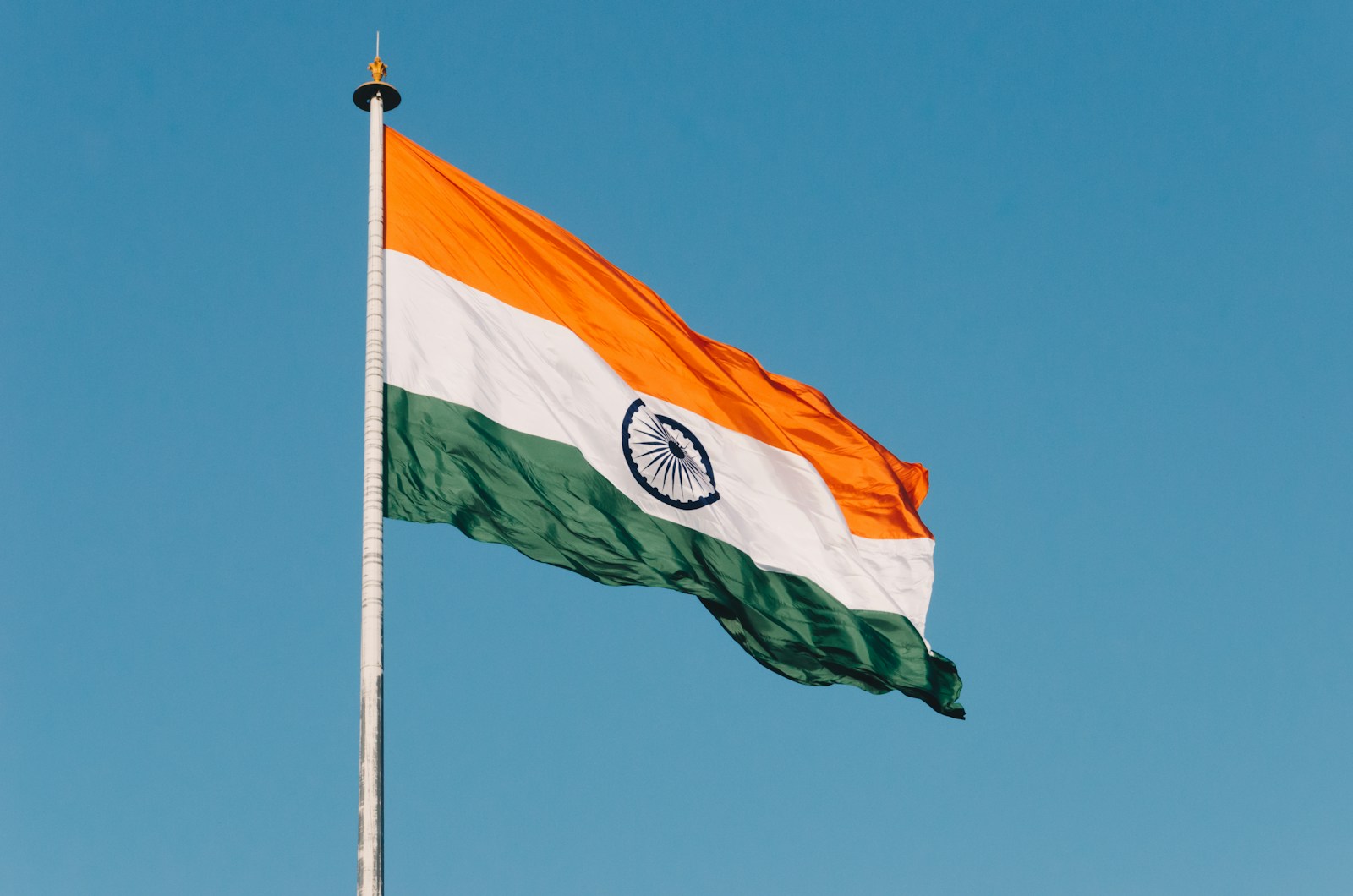Key Takeaways:
- India launched strikes on nine sites in Pakistan, sparking regional tensions.
- Pakistan claims to have downed five Indian jets during the clash.
- Flights were disrupted with rerouting and cancellations, and several Indian airports closed temporarily.
- The conflict follows a militant attack in Kashmir that killed 26 people.
- India asserts its targeting was against terrorist infrastructure.
Recent Escalation Between India and Pakistan
In recent days, tensions between India and Pakistan have intensified, leading to significant impacts on air travel. India conducted airstrikes on nine locations in Pakistan, targeting areas it claims were linked to terrorist activities. This action followed a tragic militant attack in Kashmir last month, resulting in the loss of 26 lives.
Pakistan’s Response and Claims
Pakistan retaliated by claiming the downing of five Indian fighter jets. This military exchange has raised concerns about potential escalation in the region. The situation remains volatile, with both nations strengthening their defenses and monitoring each other’s movements.
Impact on Flights and Travel
The conflict has caused disruptions in air travel, with several flights rerouted or canceled. Various Indian airports were temporarily shut down, affecting both domestic and international travel schedules. This situation has left many travelers inconvenienced and concerned about future journeys.
Fears of Further Escalation
The possibility of further conflict looms large, worrying not just the two nations but the international community. Such tensions historically have led to broader regional instability, impacting economic and diplomatic relations.
Statements from Both Nations
India emphasized its mission as targeting terrorist infrastructure, aiming to prevent future attacks. Pakistan, however, views the strikes as a breach of sovereignty, heightening rhetoric and defensive measures.
Global Concern and Diplomatic Efforts
The international community is urging restraint and diplomacy to de-escalate tensions. Negotiations and dialogue are seen as crucial to preventing further conflict and maintaining peace in South Asia.
Conclusion: A Call for Peace
The current situation highlights the delicate balance of peace in the region. Both India and Pakistan must prioritize dialogue to resolve differences and avoid further violence. The hope remains that through diplomatic efforts, stability can be restored, ensuring safety and continued cooperation between the two nations.

